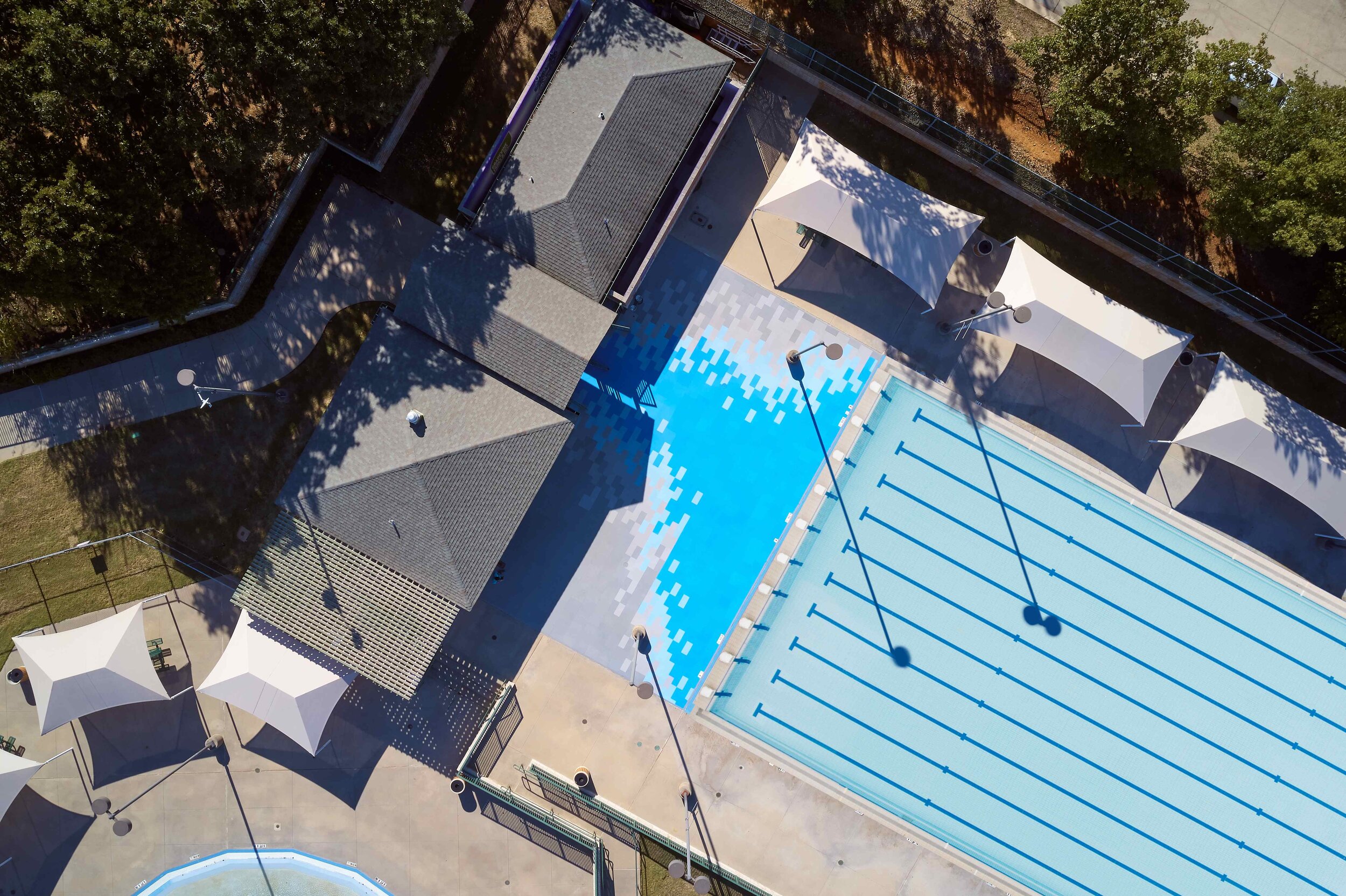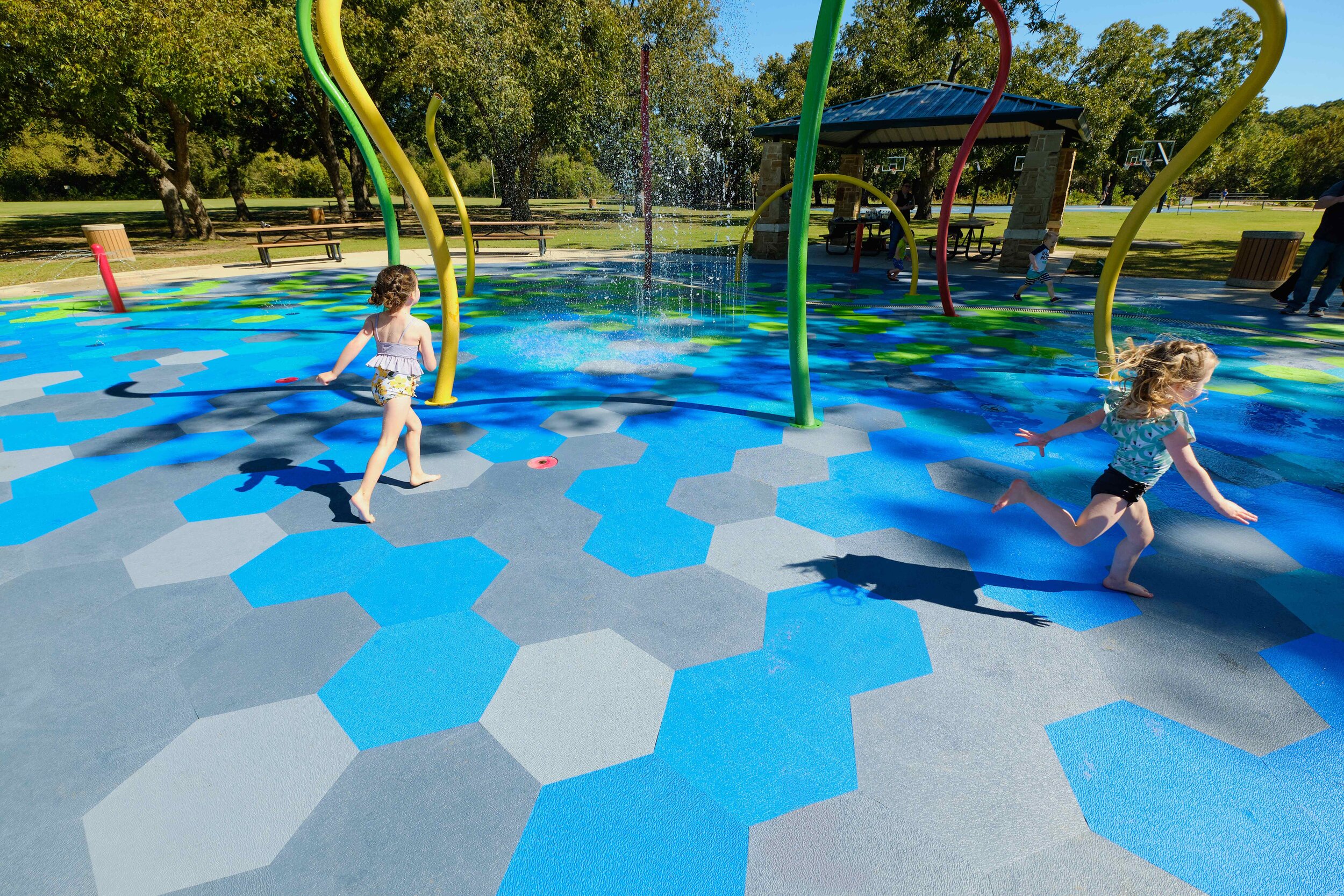Using concrete as the surface for an aquatic play area is like building a house, putting down plywood and calling it a home. Sure, it functions, but it’s not going to be comfortable or add any design value. And that’s the reality of concrete. It functions fine as a foundation, but is that all we want out of surfacing?
Life Floor Activates the Entire Splash Pad
At Life Floor, we believe safety surfacing dramatically improves the user experience. It completes the immersive experience you’ve planned and budgeted for, combining safety, playfulness, and utility all in one. In fact, because of the way Life Floor performs with water, it’s actually an additional play feature that activates the entire splash pad.
The Surface is a Canvas for Play
Life Floor is a feature because it encourages different kinds of play. The entire splash zone is energized when Life Floor is the surface. Kids cartwheel, jump, somersault, crawl, and tumble their way through spray features. In other words, users play in more ways with Life Floor. By equipping the surface for play, designers can engage 90% more of the aquatic facility.
Investing in Safety and Play Value
The added safety and play benefits of Life Floor are a worthwhile investment. Explore some of the ways we’ve transformed facilities and see what our customers have to say about Life Floor.
Historically, aquatic surfacing has been disastrous. Everything has failed. But with Life Floor, that’s all changed. You can now specify durable surfacing that doubles as a feature. Life Floor's performance and durability have been third-party tested through NSF, which is why we can confidently say we are the only aquatic safety surface that does exactly what it should do.
Want to learn about how our tiles are third-party tested for durability?
Read about how we met the criteria for NSF Standard 50:26 here.
HAVE A PROJECT THAT NEEDS LIFE FLOOR?
Contact us below and tell us about your project. Our Studio Team provides custom design concepts free of charge. We look forward to designing with you soon!









